
What Does the Future of Cricket Tech Look Like?
India is playing an ODI game against Australia at the Gabba. Chasing a target of 320, India is at 260/6 in the 44th over. The stylish left-hand Indian batsman, inching towards a century, looks to sweep a spinning delivery from a part time Australian off-spinner for a six on the leg side. He misses a ball in-line to the stumps and it hits him on his front pad.
Australians appeal vociferously for an LBW. Many fans on both sides of the continent are biting their fingernails while watching the scene being played out on their devices. The batsman doesn’t move an inch and looks straight at the umpire. When he notices the umpire raising his finger, he immediately raises his hands and calls for a review. In the Decision Review System (DRS), it is noticed that the ball has nicked the bat before it hit his pad. The decision is revoked and the batsman sweeps the next ball for a six to score a century.
Don’t fret to know who won. This is an imaginary game and an imaginary scene.
Assume this scenario would have happened in the 1990s. The umpire raises his finger and the story ends; the batsman utterly dejected, may look at the square leg umpire for some validation, and with no option to reverse the decision walks furiously back to the pavilion. He missed a hundred and possibly the chances of winning the match for his team as well.
While many cricket viewers connect immediately with technologies used in DRS, there are many other technologies that have already integrated seamlessly into the cricket stack, and a few more knocking the doors.
Let us take a sneak-peek into some current and futuristic technologies with the potential to impact the way we watch and consume cricket.
[Disclaimer]: This is not an exhaustive list of all the cricket tech and its full implications. It's only an attempt to view cricket from a digital technology lens and scribble the canvas with the current and future of tech in cricket.
Data Capture Technologies
RFIDs for ticketing and access: Radio Frequency Identification (RFID) uses a small chip that is attached to an object which then can be used for frictionless fan experience. These tags were initially used in industries for asset tracking and in financial products like contactless card payments, now finding its use increasingly in ticketing and fan experience for in-stadia audiences.
Embedded in your wristbands or access cards or jerseys, it allows for paperless entry into the stadium and exclusive access points. Franchisees can also use it for
- VIP lounge passes
- Automatic payment through linked wallets
- Parking access
- Personalized offers on merchandises, and more

The next time you get a wristband to use as access, you know the technology embedded inside the band!
Digital cameras for video data: Apart from the cricket broadcasting and recording, videos are an integral data source for match data and analysis. No more are scorers required to be in the stadium to record match scores and commentaries. The availability of video data also allows post-match analysis, and even opened a new role of video analyst in the coaching unit.
With technologies like ball tracking, video data has now become indispensable for decision review systems and analysis for coaching and cricket commentaries. Video analytics in has enormous potential in applications like ball tracking, batting analytics, fielding analytics, decision reviews, etc.
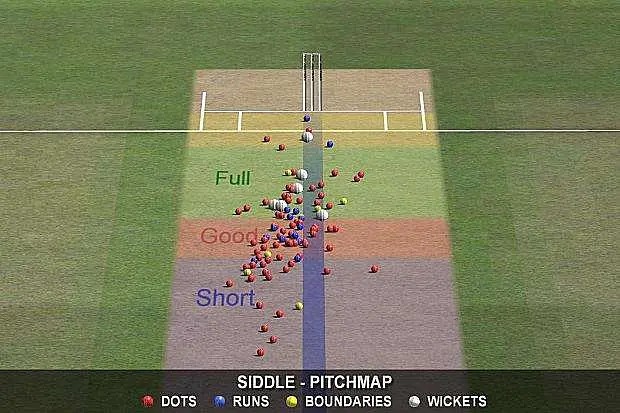
Sensors for real-time data: Sensors are an emerging field in cricket data collection. Sensors like Accelerometers and Gyros are getting adopted in devices for motion data analysis.
Player fitness data is collected during practice sessions through Smart Vests. Snicko / Ultra Edge is used to capture the spikes in the audio for DRS. LED bails have a microprocessor to detect the contact between the stump and bail. Smart cricket balls have sensors that allow for real time data on ball revolution, speed, seam, spin, etc. Smart cricket bats like PowerBat have sensors to collect data on every aspect of the bat swing.

Sensor based analytics is set to greatly complement the video-based data for real-time data collection and analysis.
Data Communication Technologies
With mobile becoming the ubiquitous end access user device for consumers, technologies like Bluetooth Low Energy (BLE), WiFi, and 4G/5G are finding increasing acceptance from product designers.
BLE for mobile connectivity: Have you used Bluetooth headsets or smart watches? BLE has become the default short-range connectivity option with mobile for smart devices. With the option to connect multiple BLE devices to mobile at the same time, expect to see a broader usage of BLE in the near future.
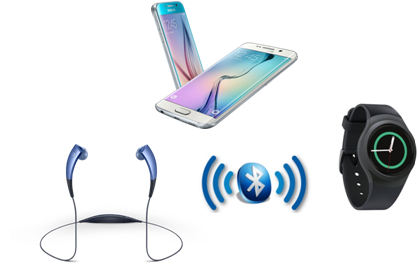
Wi-Fi and 5G for mid and long-range connectivity: While Wi-Fi is used for multi-device connectivity with mobile within a defined perimeter, mobile networks are utilized for long range wireless communications. It is only a matter of time before broadcasting cameras will go completely wireless with 5G, streaming ultra high-definition video data in real-time to far-away central broadcasting stations. Higher bandwidth, speed, and reliability of 5G networks will allow cricket viewers to select any camera angle of choice for watching the live match feed without any delay or lag.
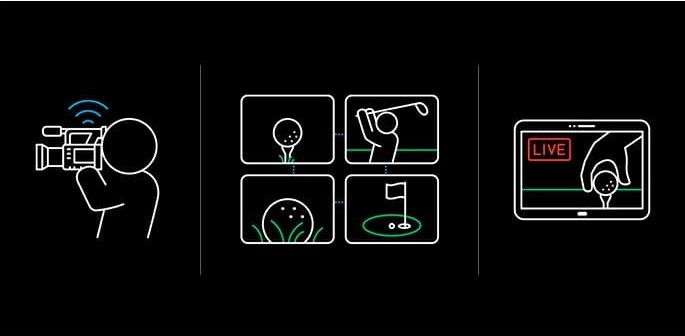
Data Storage Technologies
Cloud storage and computing for ubiquitous access: Have you seen a live cricket match on your mobile phone? The chances are, you have opened your windows for cloud – data stored in the internet through a cloud computing provider. The increasing appetite for anytime, anywhere data makes cloud storage the preferred choice for many applications. With archival options on the cloud, you don’t even have to talk about deleting or overwriting data anymore.
With more capability to do high-end processing in the cloud, no more do you need expensive servers, CPU, and GPUs. Mobile devices are becoming the center hub for applications, and high-end computing is now done in the cloud rather than in the edge device. The days of storing data on hard disks and external storage devices, even for video broadcasting, are slowly becoming redundant.
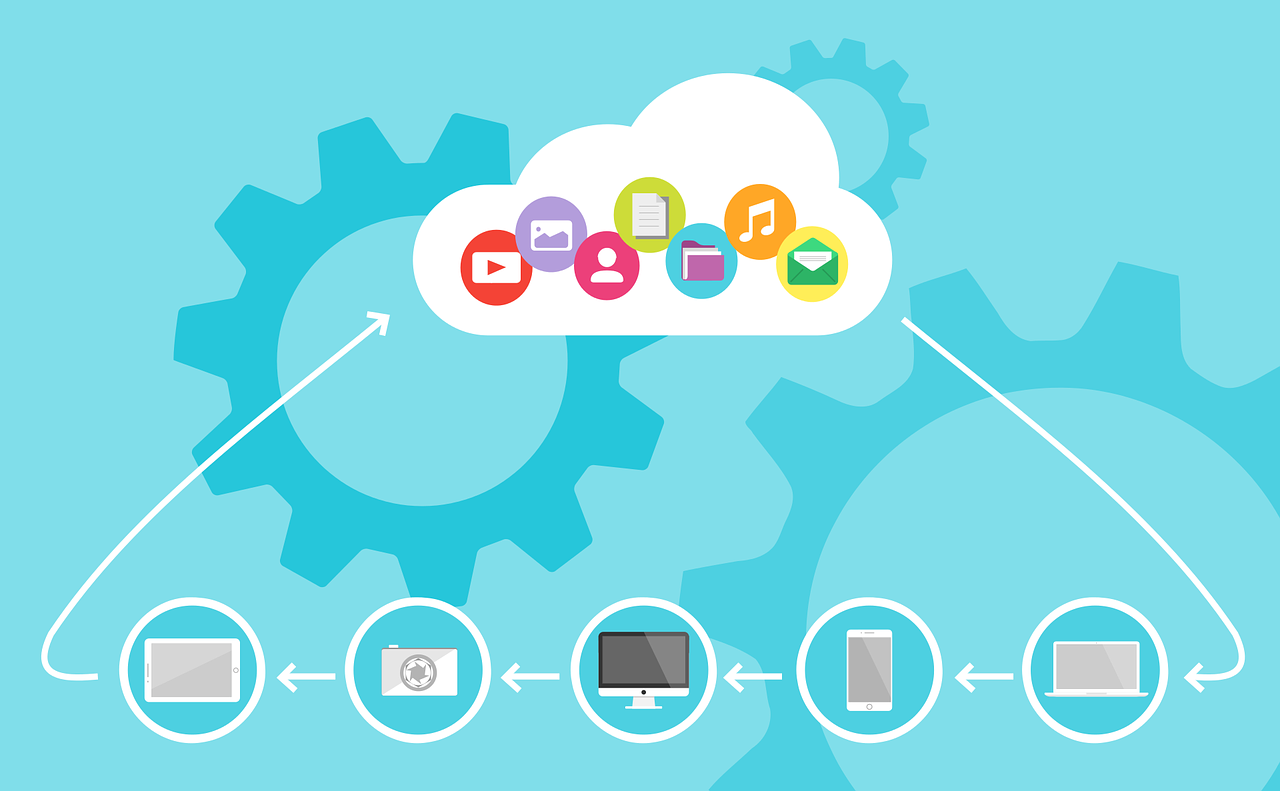
Data Analysis and Visualization Technologies
Stats & machine learning algorithms for advanced analysis: If you are a cricket fan, player and match stats will mean a lot to you for better understanding of the game. Digital scoring allowed for many stories and matchups to be created by slicing and dicing the data on the dashboards, at match, events, and player levels.
Machine learning or rather the ability of algorithms to learn patterns in data, with or without human assistance, brought a new element of prediction to the match stories. Win and matchup outcome predictors are interesting additions to the match analysis. Machine learning models are also deployed in many smart devices like fitness bands and cricket sensors.
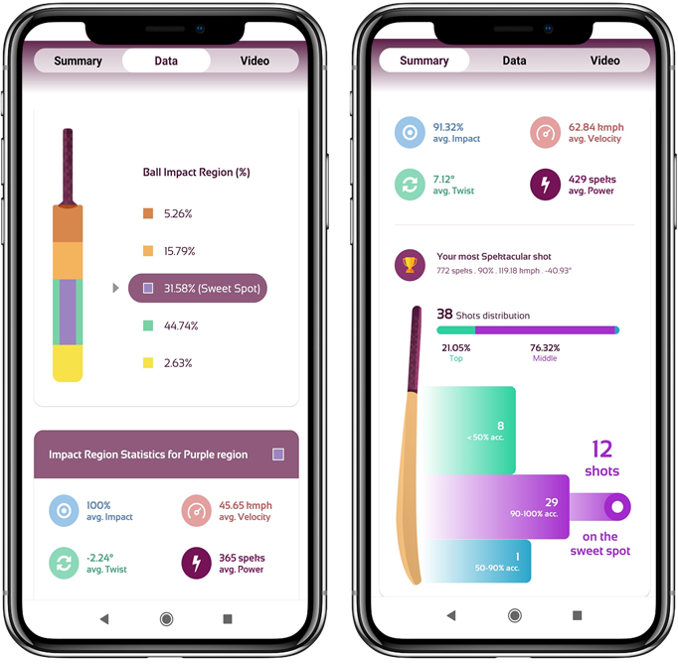
Computer vision with deep learning for automating decisions: Ball tracking for an LBW decision is a classic example of a computer vision technique in play. Computer vision (CV) techniques allow computers to process and extract insights from the visual data. It tries to mimic the functioning of the human eye - see images, identify features by variations in pixel colours, and classifying the features using human assistance. Unfortunately, specification of all features for every possible orientation and scenarios are an exhaustive process, and hence limited the applications of the CV.
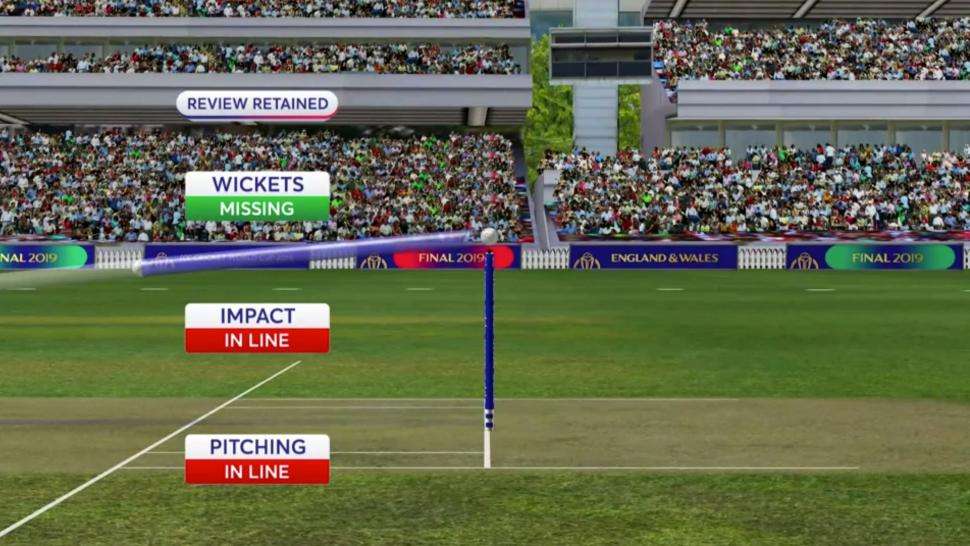
With huge volumes of video data and advanced computational capabilities, deep learning bridged the gap in the CV technique. Deep learning is developed on the principle to mimic the inner workings of the human neural networks. It augments CV techniques to classify, detect, and recognise objects the image for even untrained orientations and scenarios with minimal human assistance. Anything a human eye can see and analyse can be automated through deep learning. Consider the case of a robotic or a drone camera with an ability to automatically track, trace, and zoom in/out of the cricket ball or a player anywhere on the field. How about automatically generating a highlights package from the events in the video?
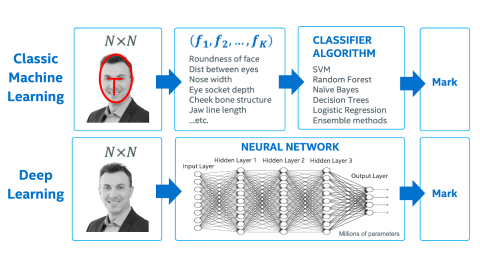
All visual based decision making in cricket will soon become a use case for deep learning.
CGIs and augmented reality for enhanced fan engagements: Wagon wheel graphs are not just on the scorecards, but superimposed over the ground image. Match countdown timers are not from the umpires, but through a digital clock hovering over the pitch. LBW DRS decisions are not just about declaring Out or Not Out, but drawing the ball trajectory from release to the stumps. Computer generated imagery (CGI) is gradually augmenting the cricket viewing experience with contextual images.
Augmented reality has a huge potential in enhancing the experience of watching sport. Some augmented reality or mixed reality glasses also allow users to project fitness data, directions, weather information, player stats, etc.
With the ability to project holograms in studios, commentators can now interact with digital avatars of players in real-time. Any event in the match can be projected in 3D and experts can now annotate their findings on the image for the engaged viewing experience. Artificial crowds, region specific advertisements on billboards in broadcasting, fan photo shoots with superstars, facial emojis on cricket apps, the potential applications for AR are endless.
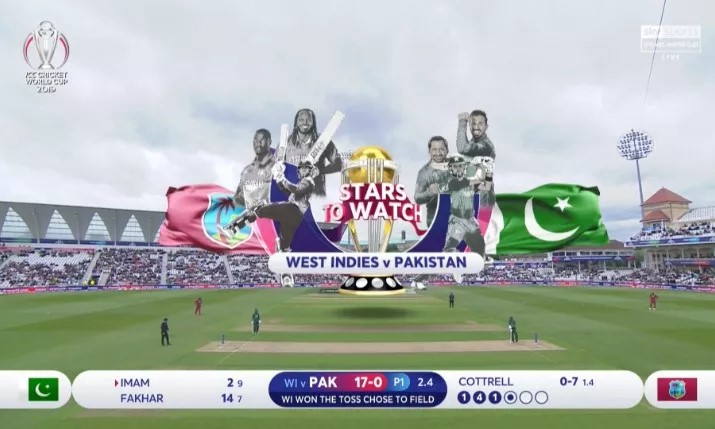
Data Access Technologies
Mobile for video feeds and cricket apps: Gone are the days of waiting anxiously for a match to be played live on the television channels.
Mobile OTT platforms are steadily claiming increased viewership and engagements with the audience, every season. These platforms allow broadcasters to tilt the fan viewership model from a passive audience to an active and engaged audience. Even while watching the match, audiences can now
- Chat with other viewers
- Interact with surveys from advertisers
- Change the audio language
- View a different camera feed
- Play games, earn points, and more
It also allows the broadcaster to precisely calculate viewership, personalize ads based on audience geography and demography, deploy gamification techniques for enhanced engagement, etc.
Mobile apps have morphed as a personal touchpoint hub for any user access, notifications, and engagement. It allows for instant connectivity and access to any smart devices or internet content. Your mobile is now your virtual token to a world of new fan experience.

Virtual reality for a completely new experience: Virtual reality (VR) is an unchartered territory that is set to completely redefine the experience for sports fans. It allows for a 3D immersive experience with highly interactive user options that are hardly possible in the real world. The myriad of viewing and interaction options allows the game narration to gradually shift from a broadcaster viewpoint to the way a viewer wants to watch the game.
For players, it can become a simulation tool for practice and consulting with coaches. For example, a batsman can practice his batting skill by playing against the opposition bowlers in a VR environment, before hitting the pitch.
On the fan experience side, it can allow a fan to watch the game real-time from a player’s perspective, recreate any scene in 3D and analyse, live chat with the 3D avatar of their favourite superstar, watch the game side-by-side with the peers living remote, purchase digital assets, and more.
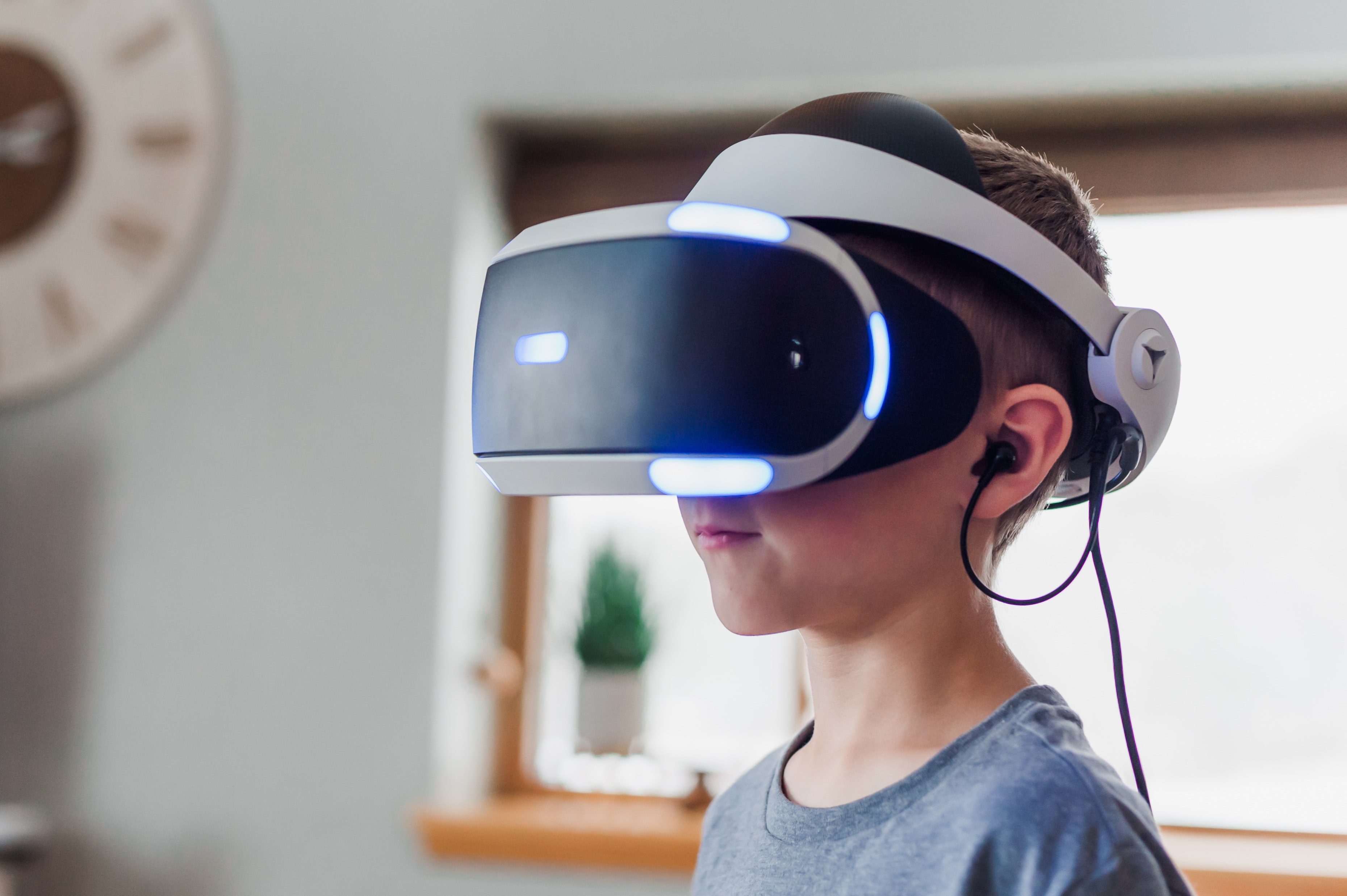
How about hosting Esports for cricket in VR?
Road Ahead
We have only witnessed the tip of an iceberg when we discuss the current applications and use cases of digital technology in cricket. Some of the futuristic elements that were covered earlier have already manifested themselves in one form or another in other sports, and it is only a matter of time for cricket to do the catch-up game.
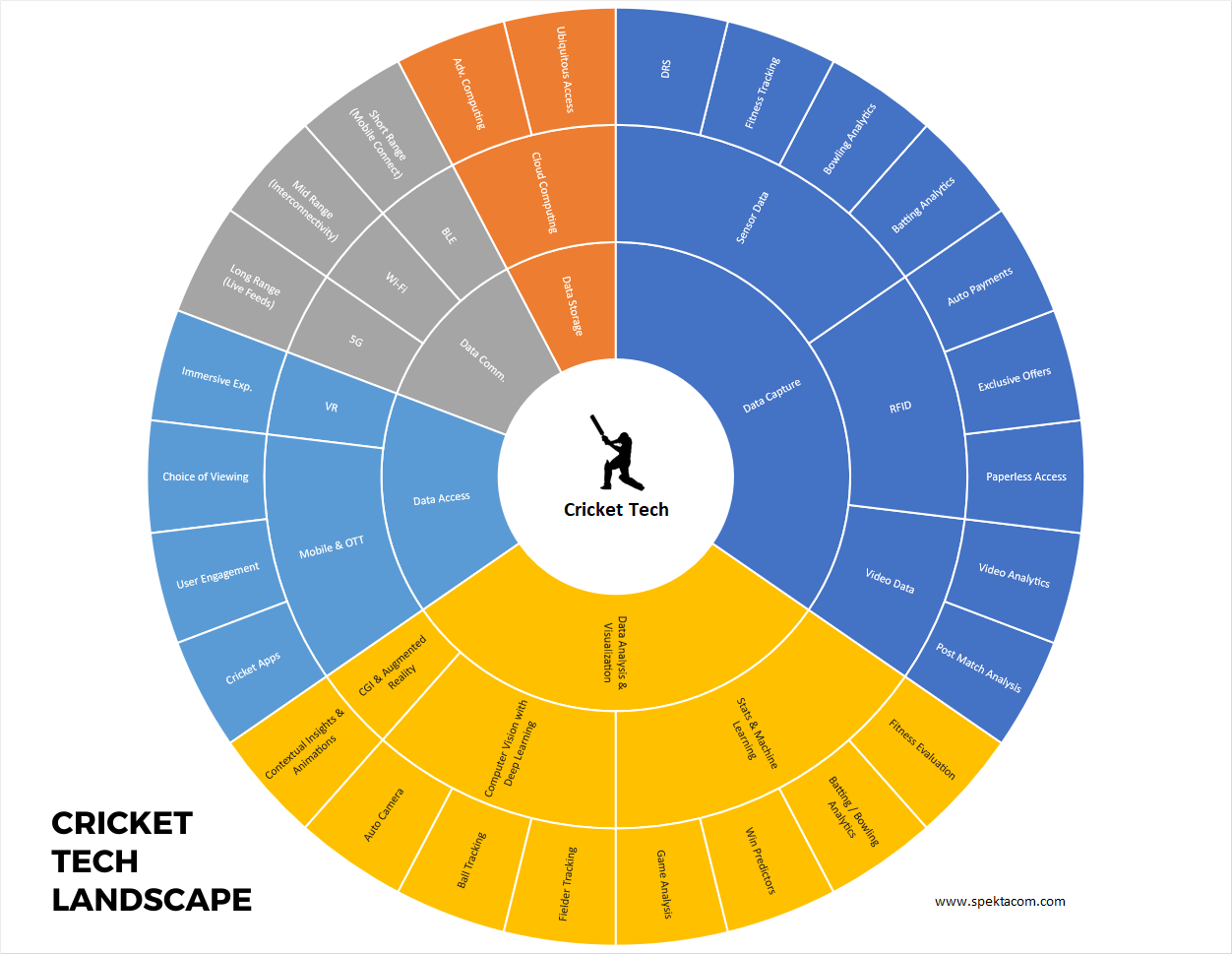
While the current digital tech allowed the game to make a shift from general public to having personalized feel in the fan experience landscape, the next gen tech will propel the experience to be more personal for the end users. Welcome to Cricket 2.0!


Comments